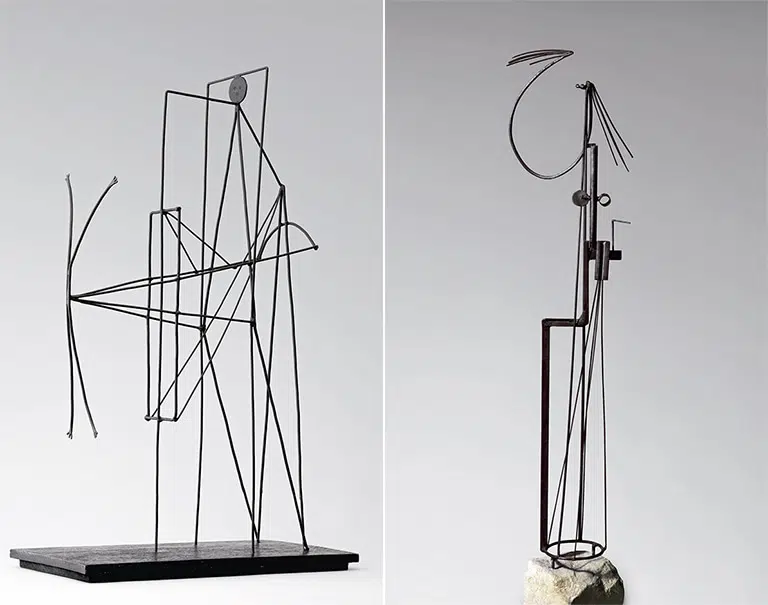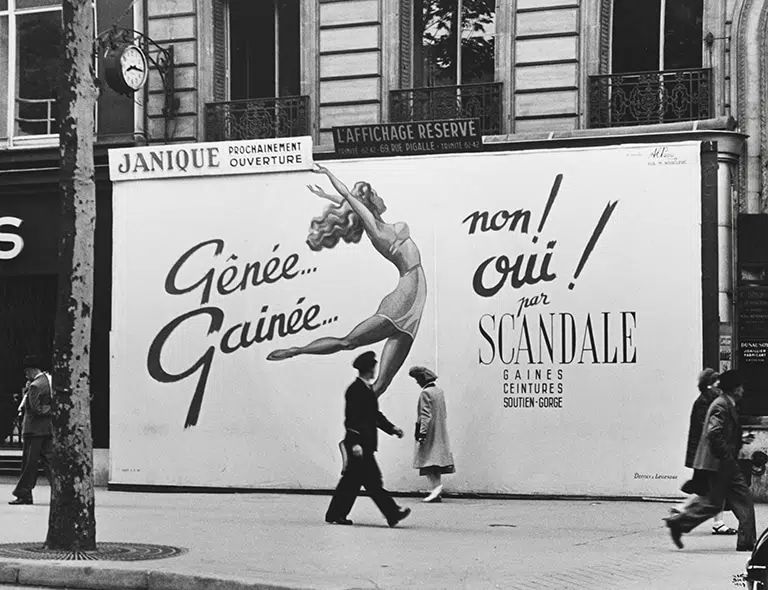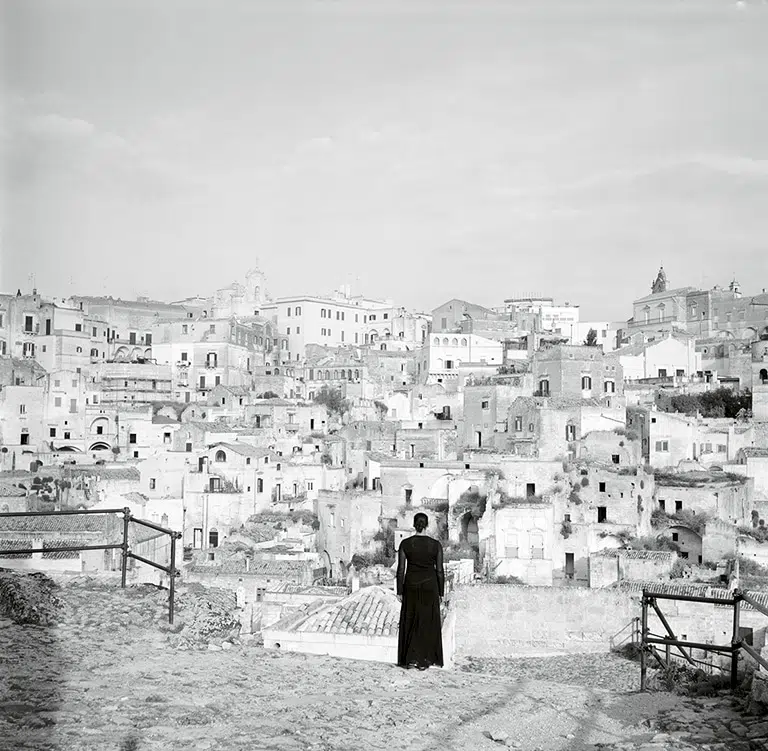Seated Lady with Hat
![Seated Lady with Hat [Mujer sentada con sombrero] Seated Lady with Hat [Mujer sentada con sombrero] © COLECCIONES Fundación MAPFRE](/media/arte-cultura/colecciones/gustav-klimt/fm000293.jpg)
Gustav Klimt
Seated Lady with Hat, ca. 1910
© Fundación MAPFRE COLLECTIONS
CA. 1910, year 1910 – 1920
Entry date: 2010
Origin: Private collection, Germany, Wienerroither & Hohlbacher Modern Art, Vienna
Technique
Graphite and blue pencil on Japanese paper
Dimensions
Paper size: 56 × 37 cm (22 1/16 × 14 9/16 in.)
With frame: 94 x 67 x 4 cm
Inventory
FM000293
“To every age its art, to every art its freedom” was the inscription that can still be seen today under the golden dome of the Vienna Secession building, constructed by Joseph María Olbrich and supported by a group of more than 40 plastic artists who, led by Gustav Klimt, aspired to separate themselves from the traditional and conservative Imperial Academy of Plastic Arts of Vienna back in 1897.
The turn of the century introduced an intellectual and cultural climate to the capital of the Austro-Hungarian empire in which the upper classes would gradually become patrons of an art that aspired to abandon academicism and conventional nineteenth-century historicism. Though without completely abandoning tradition, Gustav Klimt became the standard-bearer of this new art, which would embrace International Art Nouveau to a large extent.
Klimt was one of the essential figures in the fin-de-siècle dissolution; with the refinement, aestheticism and exquisiteness taken to the extreme typical of decadent time, in that contradiction of images that correspond to the concerns of the present, but portrayed with the luxury and symbols of the past: gold leaf, tesserae, icons reminiscent of Byzantine art, etc.
In 1909, Gustav Klimt reached the climax of his career. His trip to Paris that year unveiled to him the work of Toulouse-Lautrec and Matisse, as well as Van Gogh, Gauguin and Munch. On his return to Vienna, the variety of colors and decorative features gave way little by little to the characteristic golden tones of his work, the protagonist of pieces such as The Kiss (1907-1908, Vienna, Österreichische Galerie Belvedere) and Portrait of Adele Bloch-Bauer (1907, New York, Neue Galerie).
As a painter of subjects such as life, love and death, the female figure became one of the main motifs of interest to the artist. This motif was already used by the English Pre-Raphaelites – such as Ophelia, 1852, by John Everett Millais (Tate Gallery. London) – but in those years would move away from the anecdotal nature of nineteenth century narrative painting to show us a different path towards modernity.
Since his representation of Judith 1 (1901, Vienna, Osterreischische Galerie), almost none of the women painted by the artist seem to be free from the echo of this majestic figure. Klimt unveiled the erotic and also powerful nature that until that time had been concealed in representations of women. Munch and Schiele did the same, though in different ways. Klimt’s women hide something that wants to be revealed. They challenge us, and moreover they do so defiantly, becoming an icon that reminds us of those words of Kraus: “In that figure of a woman who men believe they possess, while it is she who possesses them…”. Seated Lady with Hat, (c. 1910, Fundación MAPFRE collections) corresponds to a large extent to that image of women. Without forgetting the more spontaneous and expressive nature of drawing – which in this particular case does not seem to be preparatory to any known painting – the upper part of the model, profusely defined in blue crayon, observes us defiantly yet at the same time absorbed in herself, in a posture that despite indicating that she is seated, seems to show her suspended in an empty space. The center of attention is resolved by Klimt with her mouth, outlined in red. This becomes the sensual focus of the drawing, and along with the eyebrow that frame her semi-closed eyes, add considerable vitality and power to a woman who, despite being fully dressed, appears almost like a lay goddess, midway between a dangerous Lilith and a sweet Eve.
The majesty and independence of Klimt’s models, even in their abandonment, as we see in this drawing, are surely the traits that most greatly distance them from the women portrayed by other artists, who, nevertheless, remain close to this new vision of the twentieth century woman. A look, we should not forget, that continues to be profoundly masculine, not only in Klimt’s work but also in Munch, Kokoschka and Schiele.
[Leyre Bozal]
BAILEY, Colin B., y COLLINS, John B.. Gustav Klimt. Modernism in the making>. Nueva York: Harry N. Abrams, National Gallery of Canada, 2001.
BREICHA, Otto. Klimt, Schiele, Kokoschka: Werke auf Papier. Bruselas: Palais des Beaux-Arts, 1981.
KOJA, Stephan. La destrucción creadora: Gustav Klimt, el friso de Beethoven y la lucha por la libertad del arte. Madrid: Fundación Juan March, 2006.
METZGER, Rainer. Gustav Klimt. Viena: C. Brandstätter, 2005.
– Gustav Klimt: drawings and watercolours. Londres: Thames & Hudson, 2005.
NATTER, Tobias G, y GRUNENBERG, Christoph. Gustav Klimt. Painting, design and modern life. Londres: Tate, 2008.
NEBEHAY, Christian M. Gustav Klimt: from drawing to painting. Nueva York: Harry N. Abrams, 1994.
SABARSKY, Serge, y Carl A. Haenlein. Gustav Klimt: Zeichnungen, 1880-1917. Hannover: Kestner-Gesellschaft, 1984.
STROBL, Alice. Gustav Klimt: Die Zeichnungen. Salzburgo: Galería Welz, 1980.




